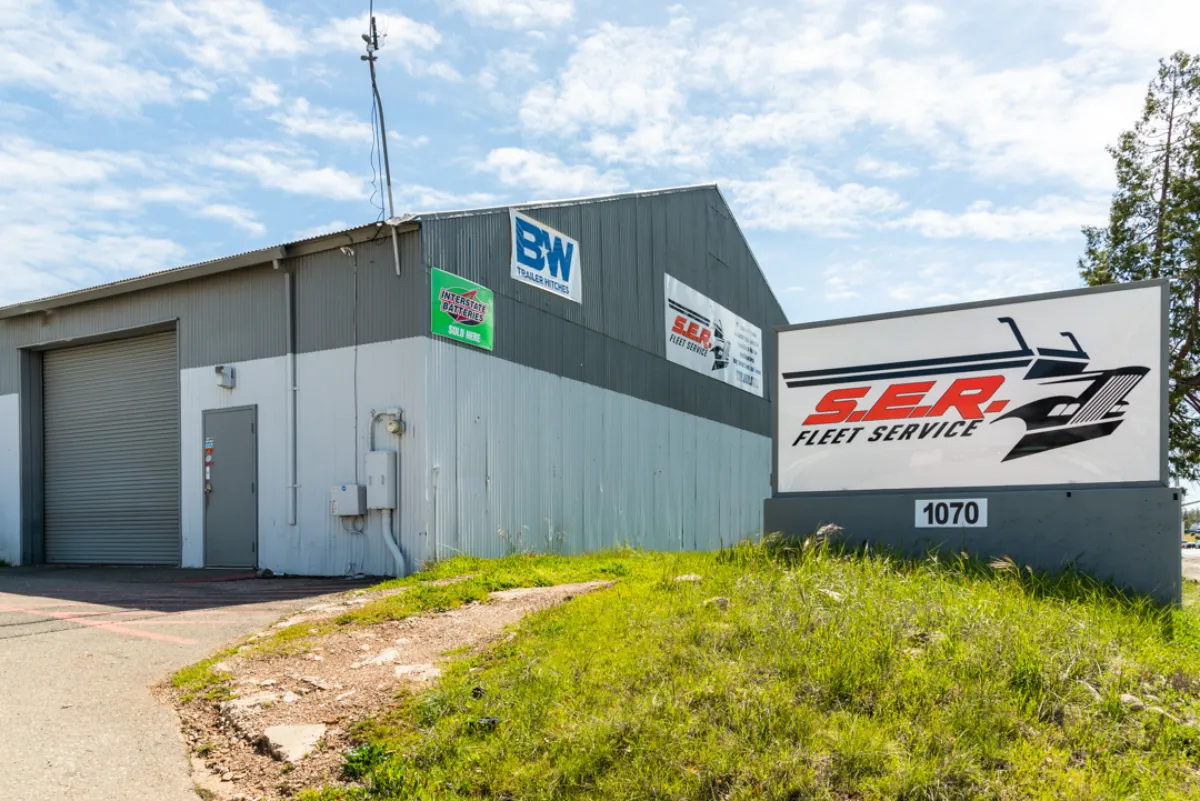Understanding Truck Fault Codes
Learn how to diagnose and resolve common truck fault codes. S.E.R. Fleet Services in Sacramento provides insights into ECM diagnostics, DPF faults, and more.

In today’s digital-heavy trucking world, truck fault codes have become the language of diagnostics. From Check Engine Lights to advanced ECM-triggered alerts, let’s dive into what these codes mean and how to handle them.
What Are Truck Fault Codes?
These codes are generated by the Electronic Control Module (ECM), the onboard computer responsible for monitoring and controlling your truck's systems. When a fault or irregularity occurs—whether it’s related to the engine, transmission, or aftertreatment system—the ECM records the issue as a Diagnostic Trouble Code (DTC).
Key Types of Fault Codes:
- Active Codes: These are current issues affecting the truck’s performance.
- Inactive Codes: Past faults that are stored in the ECM’s memory but are no longer active.
- Pending Codes: Issues detected but not yet confirmed as faults.
The Most Common Truck Fault CodesTruck fault codes are typically standardized under SAE J1939 or OBD-II protocols, though manufacturers like Cummins, Volvo, and Freightliner may have proprietary codes. Let’s break down some common categories and what they indicate:Engine Fault CodesThe heart of any truck, the engine, relies on a web of interconnected components, from the turbocharger to the EGR system. Common codes include:
- P2263 (Turbo Boost Pressure Performance): Typically caused by a faulty turbocharger, clogged air filters, or boost leaks.
- P0299 (Turbo Underboost): Low boost pressure, often due to intake restrictions or a bad wastegate actuator.
- P0401 (EGR Flow Insufficient): Indicates a blockage or malfunction in the Exhaust Gas Recirculation (EGR) system.
Tip: When faced with these codes, always check for sensor failures or leaks before assuming major repairs are needed.Transmission Fault CodesTransmission issues can wreak havoc on a truck’s ability to shift gears smoothly, affecting drivability and fuel economy. Look out for codes like:
- P0700 (Transmission Control System Malfunction): A general code that usually signals an underlying transmission issue.
- P0733 (Gear 3 Incorrect Ratio): Caused by worn gears, low transmission fluid, or faulty shift solenoids.
- P0740 (Torque Converter Clutch Malfunction): Points to possible clutch slippage or a bad torque converter.
Pro Tip: Check transmission fluid levels and inspect for debris that could cause slippage.Aftertreatment System Fault CodesWith emissions standards tightening, aftertreatment systems have become more complex, often generating codes related to the Diesel Particulate Filter (DPF) or Selective Catalytic Reduction (SCR) systems. Common culprits include:
- P2463 (DPF Soot Accumulation): Sign of an overloaded DPF that may require regeneration or cleaning.
- P207F (SCR Efficiency Below Threshold): This could mean issues with Diesel Exhaust Fluid (DEF) quality or injector malfunction.
- P20EE (NOx Sensor Fault): Related to incorrect readings from the sensor monitoring nitrogen oxide emissions.
Quick Fix: Start by inspecting sensors, DEF quality, and EGR cooler blockages.How to Diagnose and Clear Fault CodesStep 1: Connect a Diagnostic ToolInvesting in a quality OBD-II scanner or manufacturer-specific software is a must for efficient fault code diagnosis. Plug it into the truck’s diagnostic port, usually located beneath the dashboard.Step 2: Identify Active and Pending CodesOnce connected, the scanner will display all current, pending, and stored fault codes. Make sure to check the freeze frame data—this provides a snapshot of the truck’s condition when the fault was triggered.Step 3: Research the CodeMost diagnostic tools will give you a brief description of the issue, but it’s always good to consult the manufacturer’s manual or online fault code libraries for further guidance.Step 4: Perform Basic ChecksBefore diving into major repairs, start with these checks:
- Inspect wiring harnesses for damage or loose connections.
- Verify sensor functionality using a multimeter or diagnostic software.
- Check fluid levels (engine oil, DEF, transmission fluid) and look for leaks.
Step 5: Clear the CodeAfter addressing the root cause, use the scanner to clear the fault code. If the code returns, further investigation is necessary.Preventing Fault Codes with Proper MaintenanceFault codes often arise due to neglect or wear and tear. To minimize their occurrence, stick to a regular preventive maintenance schedule. Here’s what to prioritize:
- Keep the DPF Clean: Regular regeneration and cleaning can prevent soot buildup and avoid costly downtime.
- Inspect Sensors: Check the condition of NOx, O2, and EGR sensors, as they are common culprits behind fault codes.
- Monitor Fluid Levels: Low or contaminated fluids can lead to overheating and component failures.
- Update ECM Software: Manufacturers often release updates to optimize performance and address recurring fault codes.
When to Call a ProfessionalWhile some fault codes can be resolved by resetting the ECM or replacing a faulty sensor, others may signal deeper mechanical or electrical issues. For example, a persistent turbo underboost code could indicate a failing turbocharger or exhaust leak.If you’re unable to diagnose or resolve the issue, calling in a professional technician is the best course of action. If you require technical assistance in Sacramento, CA, contact S.E.R. Fleet Services today.
Contact SER Fleet Service
For professional diesel mechanic service for your light to heavy-duty truck & fleet, visit our shop in Sacramento, CA or take advantage of our extensive mobile repair service radius. Give SER Fleet Service a call, send us an email, drop by the shop, or fill out our service request form today!
Office
Shop
Request Service
At S.E.R. Fleet Services, we make it easy for you to request our services. Simply fill out our online service request form, and we will get back to you as soon as possible to schedule an appointment.

